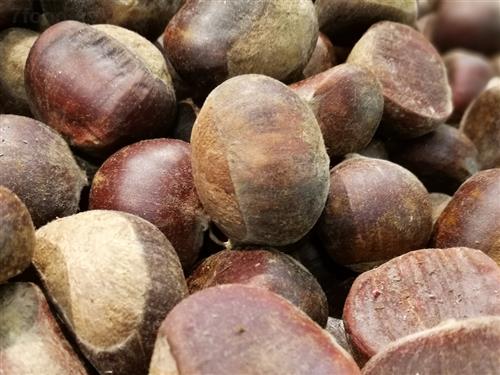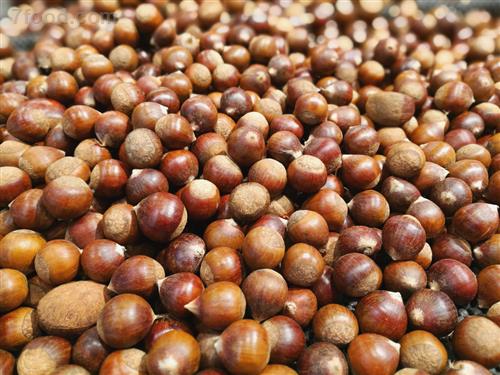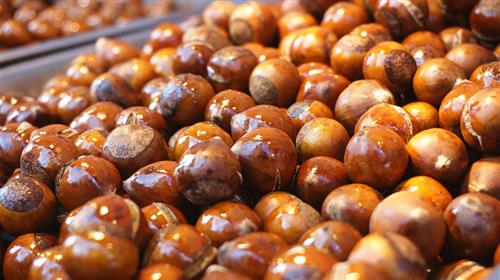What is the difference between chestnut and castanea? What are the benefits of eating chestnuts?
Into the late autumn, a large number of chestnuts are on the market. There are two types of chestnuts that are commonly found on the market. One type of fat chestnut is called chestnut, and the other is a small pointed one, called castanea henryi. What are these two kinds of chestnuts? What's the difference?

The biggest difference between chestnut and castanea henryi is its shape and size. Chestnuts are generally larger and individuals are heavier. Castanea henryi is generally smaller and less heavy.
Next, let's take a look at the common chestnuts. Our country has generally cultivated improved varieties after cross-breeding. It is widely grown in China due to its large size, sweetness, and disease resistance.

Chestnut is rich in sugar compounds, starch, protein, also contains a small amount of fat and vitamin B, sweet, warm.
Castanea henryi is widespread across the southern slopes of the Qinling Mountains in China and north of the Wuling Mountains, but is not produced in Taiwan and Hainan. Cinnamomum is sweet and flat.
This shows that from the perspective of Chinese medicine, chestnut is more warm and more healthy.
From the taste, the castanea oleifera is relatively tender and sweet, and is more suitable for raw or sweet-fried than chestnut.

There are also many similarities between Castanea henryi and Chinese chestnut. They are all rich in nutrients and have a good stomach and spleen.
1. Qi to make up the spleen
Chestnuts contain a lot of carbohydrates, can promote the body's fat metabolism, to provide more heat to the body, so as to resist the cold wind in autumn and winter into the stomach, as well as the effectiveness of spleen and stomach.
2. Prevention of cardiovascular and cerebrovascular diseases
Chestnuts are rich in unsaturated fatty acids, calcium and iron minerals and vitamin B family, and have a good preventive effect on hypertension, coronary heart disease, arteriosclerosis, bone crispness and other diseases, and are good foods for preventing cardiovascular diseases.
3. Strong gluten bones
Chestnuts are rich in vitamin C, vitamin C can help iron and calcium absorption, to achieve physical fitness, prevent osteoporosis, is a rare good food.
4. Helps oral ulcer healing
Chestnuts are rich in riboflavin, which is helpful for the healing of oral ulcers. It is hot and dry in the autumn and prone to sores in the mouth. You may wish to eat some chestnuts to prevent oral ulcers and aphthous diseases.
5. Rich in dietary fiber
Chestnuts contain more dietary fiber and have a lower glycemic index than rice. They are one of the foods that people with diabetes can eat, but they should also pay attention to the amount of food they eat. This does not mean that they can eat more.
6. It is a low-calorie nut
Chestnut protein content of 4% -5%, although not as much as peanuts, walnuts, but slightly higher than cooked rice. Chestnut is very different from other nuts, that is, contains a lot of carbohydrates, 3 to 4 times more than other nuts, less protein and fat, providing less than half the heat of other nuts.
Eating chestnuts also have precautions
Eating raw chestnuts is not easy to digest, so if your stomach is not good, it is best not to eat raw, so as to avoid stagnation and other phenomena. Maternal and constipation in children should not eat chestnuts.
Tetanus Toxoid Vaccine,Toxoid Vaccine,Hep B Immune Globulin,Immunoglobulin Injections
FOSHAN PHARMA CO., LTD. , https://www.foshanmedicine.com
